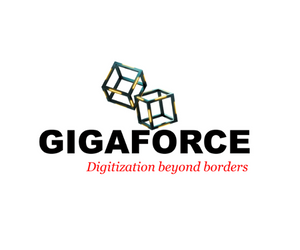Many employers experience the problem of workers who cycle between their workers’ compensation and short-term disability programs. It’s an issue and a hard one to catch and fix when human resources and risk management don’t talk.
The issue points to the need to build a better bridge between these different sides of the house to make the common ground between them – the employee’s health – more accessible and better managed. A more holistic approach to addressing the crossover can result in smarter interventions, improved productivity and a healthier workforce overall.
What is Short-Term Disability?
Short-term disability falls under the purview of employee benefits and is frequently offered as a voluntary benefit. It allows workers suffering from injuries or illnesses that occurred while off the job to receive income replacement while they are going through treatment and recovery through the disability insurance that falls under the company’s employee benefit plan.
Short-Term Disability Characteristics
- It pays benefits at a lower percentage of the employee’s salary than workers’ comp (usually about 60%).
- Benefits may be taxable, depending on how the plan is set up.
- The employee is responsible for out-of-pocket healthcare plan deductible costs.
What is Workers' Compensation?
Workers’ compensation, on the other hand, is the employer’s responsibility and a risk management issue. Through workers’ comp insurance, employers must pay the medical bills and lost wages for employees injured on the job.
Workers' Compensation Characteristics
- This program also pays out more money – typically about two-thirds of the worker’s salary.
- It is not taxable.
- The employee is not responsible for out-of-pocket healthcare plan deductible costs related to the on-the-job injury.
What is the difference between workers' compensation and short-term disability?
When people know how both systems work, inevitably there’s crossover and shuffling between the two. It’s not that employees are trying to scam the system, but they are trying to maximize their benefits. Take the office worker who’s been experiencing some back issues off the job – she goes into work, lifts a box of files and her back goes out completely.
Even if the original problem was unrelated to her job, she may find a way to file a workers’ comp claim and get a better deal than under short-term disability – assuming she even has the insurance offered through her benefits package. If she did have short-term disability, though, she might have gone out earlier on that program for treatment and avoided the workers’ comp claim.
Why Is Encouraging Better Integration Good for the Employee and the Employer?
For the employee, it can lead to development of programs to stave off the negative effects of extended leaves from work, no matter which umbrella they fall under. The toll is largely emotional. The longer the leave, the more likely it is that depression will set in as employees start to question their self-worth without the anchor of the job. Many won’t return to work at all.
The employer ultimately pays on various fronts, including losses of productivity and the individual’s institutional knowledge. There’s a tangible dollars-and-cents impact, too.
Benefits of Better Integration Between Workers Compensation and Short Term Disability
A study of three years of claims data from four large employers by the Integrated Benefits Institute uncovered a significant pattern: Thirty percent of those filing for workers’ comp for back pain and 22% for sprains later filed a short-term disability claim for the same diagnosis.
The average disability claim costs ran $4,200 for sprains and $7,000 for back pain. The costs of the same diagnoses in the workers’ comp system? $21,000 and $46,000, respectively. The workers’ comp claims costs are more expensive because workers’ comp pays lost time benefits at a higher rate than short-term disability does and covers all of the employee’s medical treatment.
Ultimately, this underscores the need for a more concerted effort by employers to keep employees engaged in the workplace as much as possible after injuries to stave off recurring issues and claims. And that is best accomplished when HR and risk management come together to create strategies that work.






























